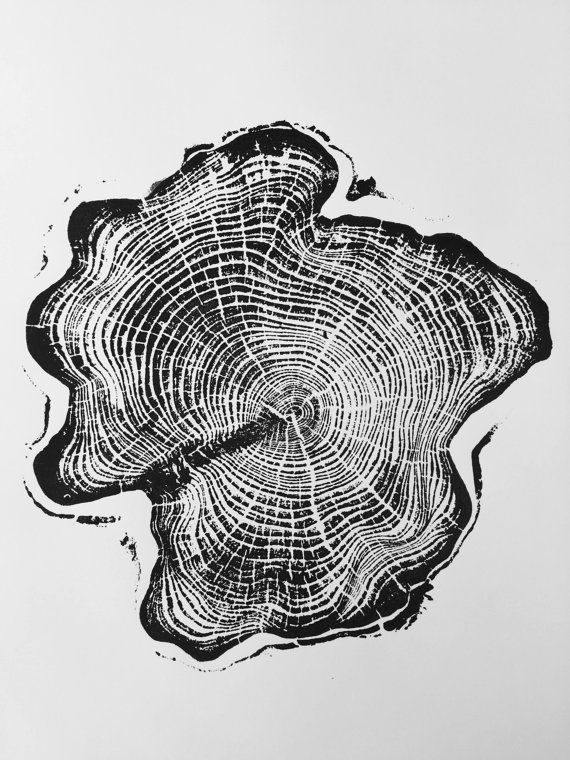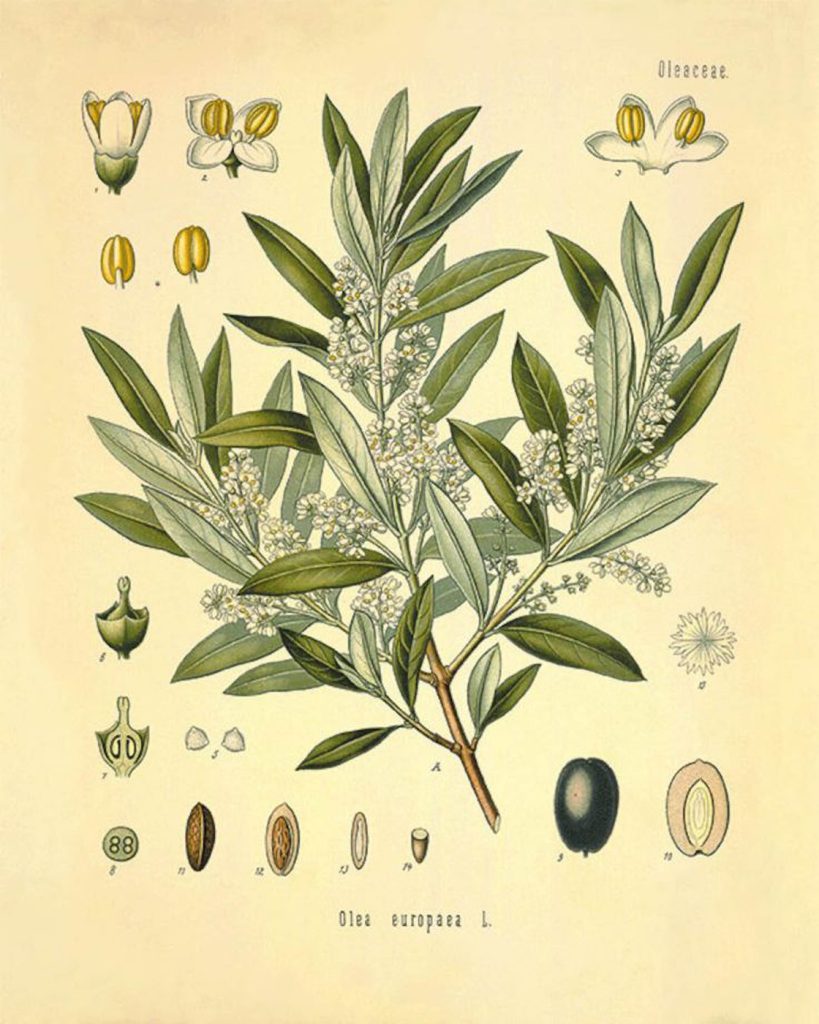
The olive (oil, lat. Olea europaea) is a subtropical evergreen plant that grows as a shrub and more rarely as a tree. The olive tree has a long-life span (500 to 600 years, on average 100 to 150 years) and is native from Syria to Greece, from where it was brought to the Mediterranean region. It has been present on earth since time immemorial, archaeological findings (olive pits in caves more than 9000 years old) prove that our ancestors were already gathering the fruits of wild olives in the Stone Age. Because of its properties, throughout history the olive became a symbol of peace, abundance, eternity, learning and health, and since ancient Greece it has been a symbol of victory.
Today, the area of Istria and Kvarner is known for olive tourism. Products such as olive oil, oil cosmetics, traditional souvenirs made of olive wood, various oil tasting rooms, guided olive tours, olive harvesting enrich the tourist offer and attract more and more tourists to this area. An olive tree was planted in the Faculty’s courtyard because olive cultivation and tourism can be an important part of sustainability development.
FUN FACT: According to the rules of classification of olives, they belong to fruits. Everything that comes from perennial plants is considered a fruit, while vegetables are the fruits of annual plants, so the fruits of the olive tree that grows on a perennial tree are considered a fruit.




